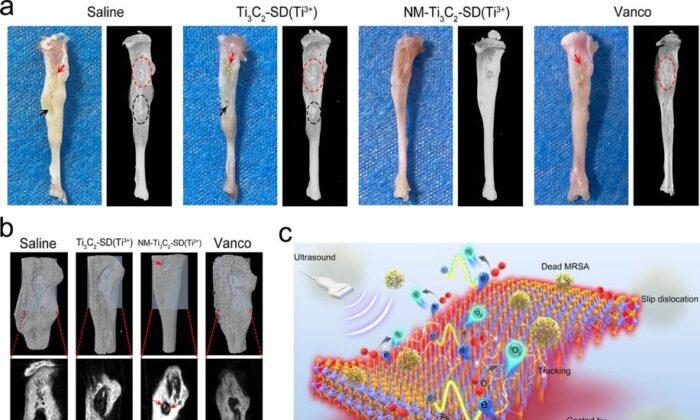Infection with COVID-19 can lead to the formation of blood clots in the lungs, which can be fatal in severe cases and carry the risk of serious sequelae. Researchers of Academia Sinica in Taiwan found the key cause of thrombosis in COVID-19 patients is that the COVID-19 pathogen SARS-CoV-2 activates platelets to amplify the inflammatory response, which in turn produces blood clots. Blocking two receptors on the surface of neutrophils, CLEC5A and TLR2 alleviates thrombotic symptoms and reduces intravascular coagulation and inflammation.
Sung Pei Shan, the first author of the study and a postdoctoral researcher at the Genomics Research Center, said that blood samples collected from patients in the acute phase of COVID-19 found that the blood contained a high amount of extracellular vesicles (EVs), most of which were derived from platelets. Apparently, it is related to the activation of platelets after encountering the virus. When platelets are activated by the virus, they release a large number of extracellular thylakoids to stimulate neutrophils, resulting in a large number of neutrophil extracellular network structures (NETs) and suicide cell death (NETosis). Earlier studies have found that while the formation of NETs helps clear bacteria, too many NETs can trigger blood clots, which can lead to the blockage of microvessels in the lungs.

The research team took the extracellular vesicles of healthy subjects and COVID-19 patients for mass spectrometry analysis and found that the extracellular vesicles caused by SARS-CoV-2 infection expressed a large number of platelet-related proteins, and had a variety of platelet-related proteins associated with leukocyte degranulation. The protein of platelet activation and aggregation shows the vigorous activation of platelets in the blood of COVID-19 patients.
The research team further cultivated extracellular vesicles from healthy people and COVID-19 patients with neutrophils. The results showed that the extracellular vesicles of the healthy control group could not induce the formation of NETs, but the extracellular vesicles of the COVID-19 patients induced the formation of NETs. The formation of robust NETs was inhibited by blocking two receptors on the surface of neutrophils, CLEC5A and TLR2.
In animal experiments, the researchers found that three to five days after mice were infected with the SARS-CoV-2 virus, the lungs produced a large number of NETs and severe cellular infiltration; in CLEC5A and TLR2 knockout mice, inflammation and cell infiltration were greatly reduced.
Hsieh Shie-liang, a distinguished researcher at the Genomics Research Center of Academia Sinica, pointed out that CLEC5A and TLR2 are promising therapeutic targets to reduce thrombotic inflammation and reduce the risk of developing COVID-19 sequelae in the future.
The researchers admit that the healthy donor group was unvaccinated with the CoV-2 vaccine but they do not specify in the research paper the vaccination status of the COVID-19 patient group.





